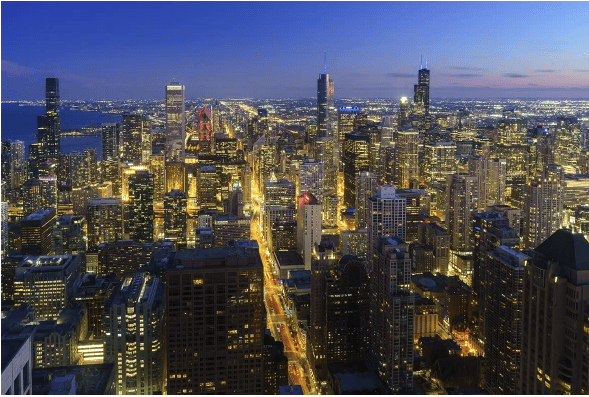
The streets, sidewalks and roofs of cities all absorb heat during the day, making some urban areas up to six degrees Fahrenheit hotter than rural ones during the day—and 22 degrees F hotter at night. These “urban heat islands” can also develop underground as the city heat diffuses downward, beneath the surface. And basements, subway tunnels and other subterranean infrastructure also constantly bleed heat into the surrounding earth, creating hotspots. Now that underground heat is building up as the planet warms.
According to a new study of downtown Chicago, underground hotspots may threaten the very same structures that emit the heat in the first place. Such temperature changes make the ground around them expand and contract enough to cause potential damage. “Without [anyone] realizing it, the city of Chicago’s downtown was deforming,” says the study’s author Alessandro F. Rotta Loria, a civil and environmental engineer at Northwestern University.
The findings, published on July 11 in Communications Engineering, expose a “silent hazard” […]










